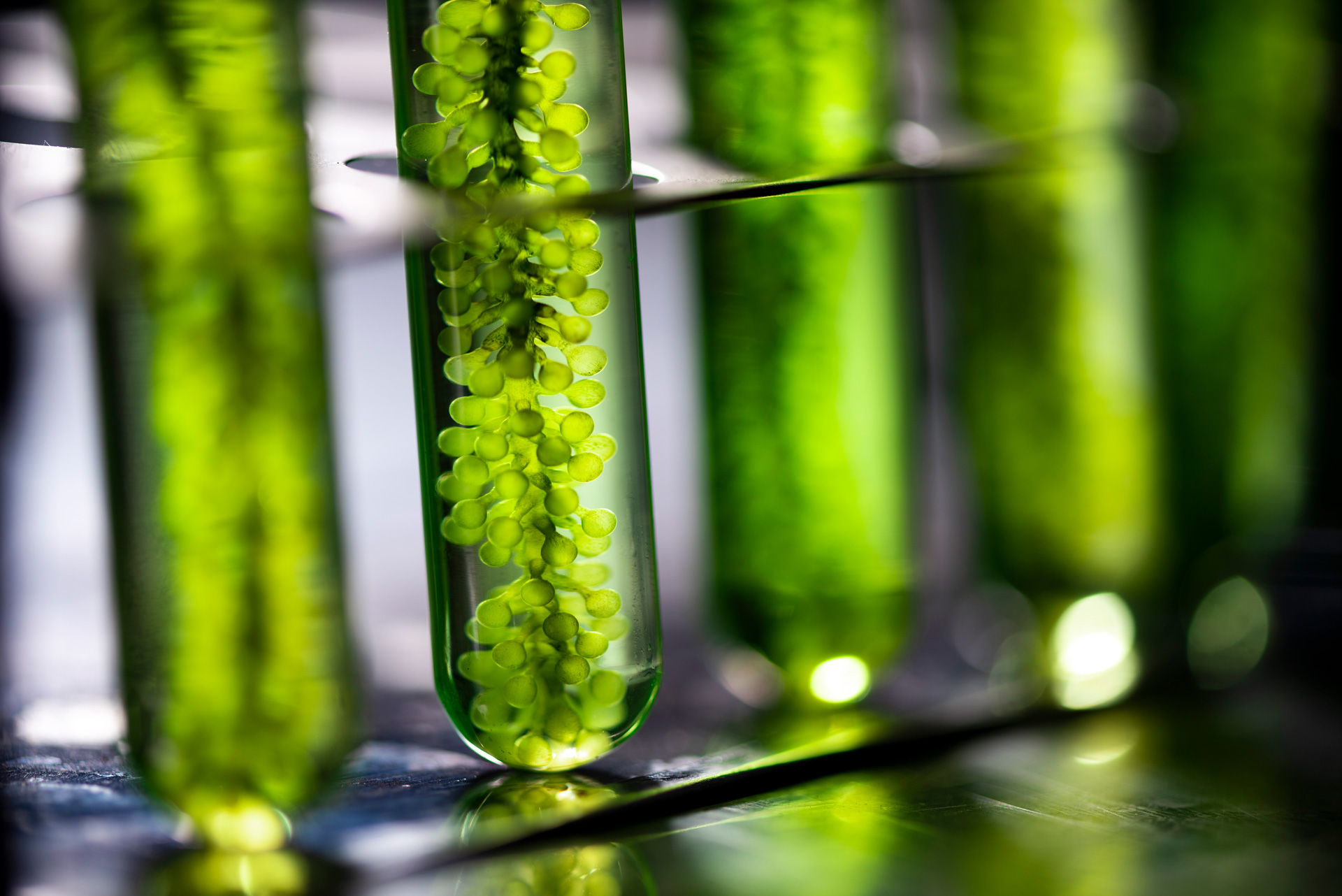Skills
- Synthesis of organic molecules
- Nanomaterials characterisation (Scanning and Transmission Electron Microscopy)
- Optical tests, including fluorescence and UV-vis
- Other analytical skills, such as Modi-TOF mass spectrometry, high-performance liquid chromatography, inductively coupled plasma absorption spectrometer and water contact angle
PhD project
Topic: Development of Nanomaterials as Optical Sensors for Copper Contaminants in Soil
Heavy metal species are non-biodegradable, potentially toxic molecules. Due to the potential health hazards and environmental damage heavy metals can cause, the detection, monitoring and ultimately remediation of heavy metals are at the centre of our attention. Optical sensing methods have been developed for the sensing of heavy metals, which are facilitated by small organic molecular sensors or nanomaterials. These sensors allow for the detection of trace amounts of the analytes of interest in relatively small samples. We are developing and assessing a range of small organic molecules for their copper sensing performance in aqueous soil solution extract to understand the structural requirements of sensing molecules to achieve optimal selectivity and sensitivity. Moreover, I will summarise and further evaluate the potential use of non-toxic luminescent nanoparticles, such as quantum dots (QDs), for the optical sensing of copper. These materials, due to their unique photophysical properties and versatile surface chemistry, offer the possibility for encapsulation or surface attachment of functional materials, while retaining their native luminescence property. Combining the small organic molecular sensors and nanoparticles for the sensing of copper, I aim to identify composite materials with improved sensing performance towards copper. Alternatively, the goal is to develop sensing methods for deployment on site with minimal sample preparation required, especially the preparation of soil solution extract.
Aims of the studies:
- Design and synthesize fluorescent probes with coordination sites specific to Cu2+ to be used for sensing in aqueous solution
- Understand the structural requirement and mechanism behind the coordination of copper by the synthesized probes
- Design molecular sensors for copper while retaining the structure of the coordination site






